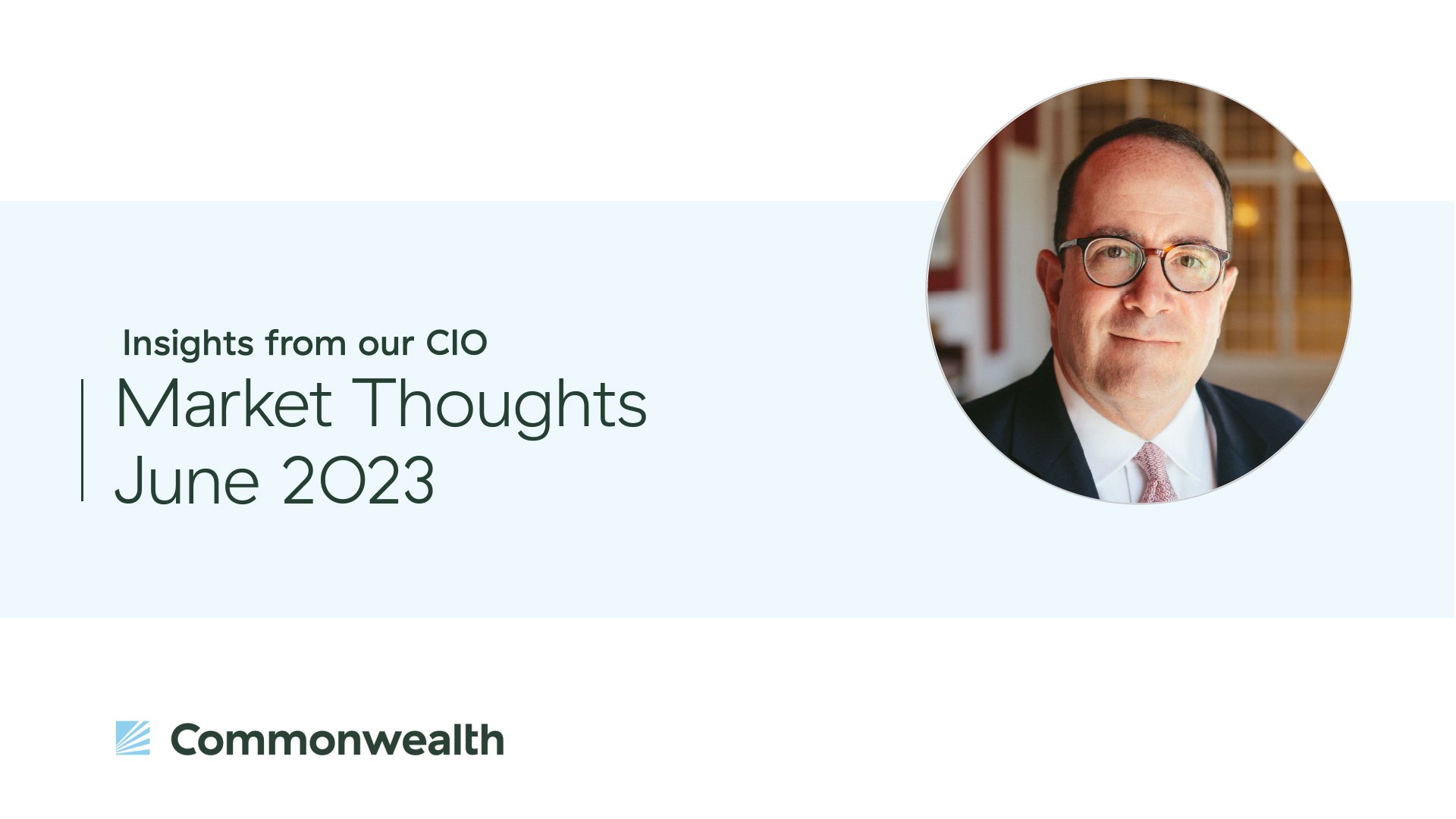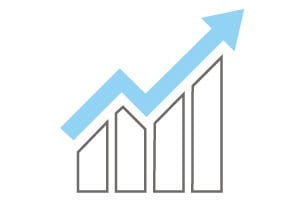After a mixed April, markets pulled back in May. The exception was the Nasdaq, which was up by just under 6 percent. Other U.S. markets were flat or down, and international markets declined. The primary headwinds were the debt ceiling debate (which may soon be solved) and signs that inflation is picking up again. Still, job growth beat expectations, and consumer and business confidence ticked up.














